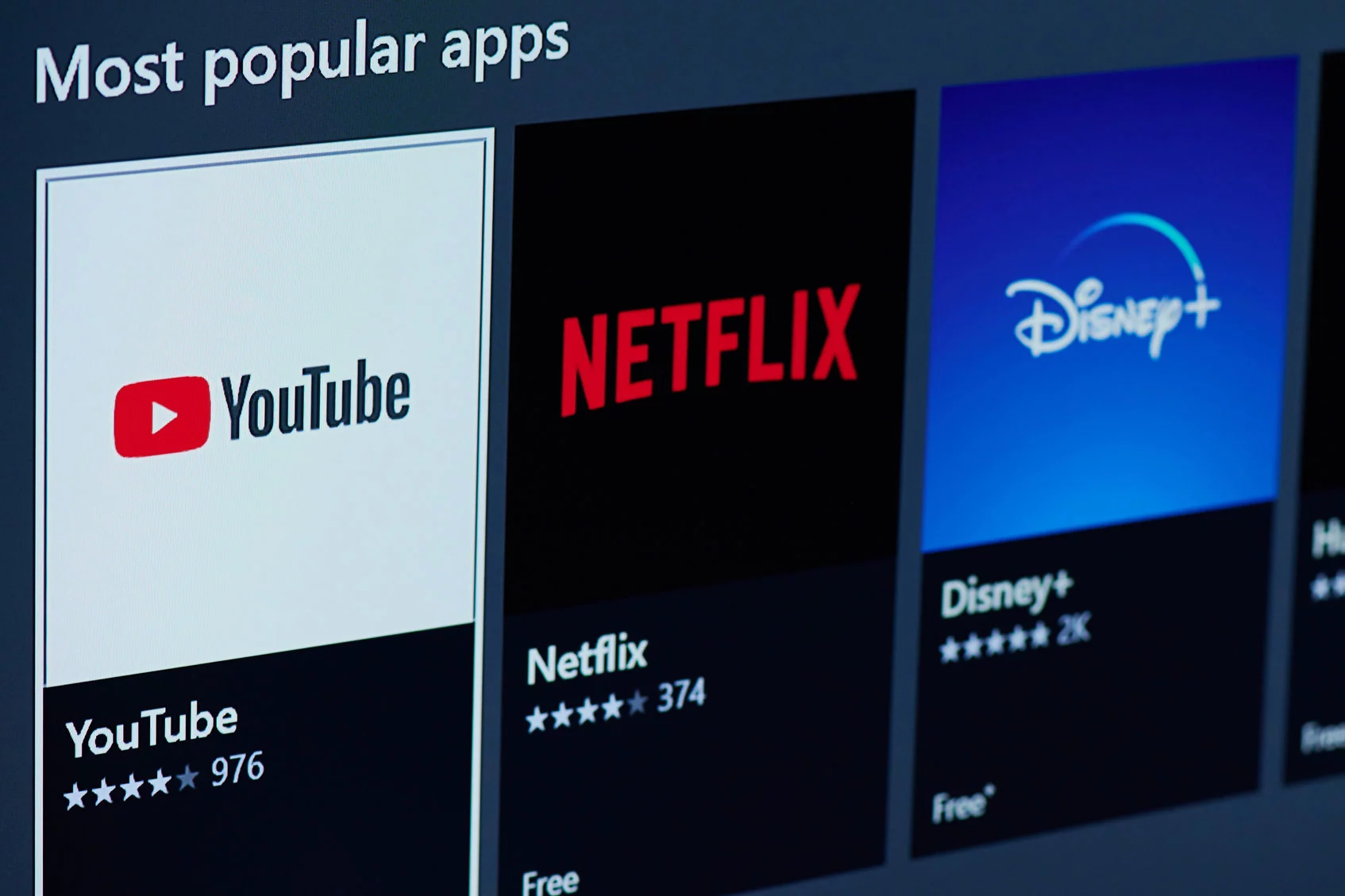With millions of people now self-isolating in their homes worldwide, the world's internet infrastructure is being pushed to its limits. In order to ease the strain, major streaming services are finding ways to reduce bandwidth.
YouTube began five days ago by making all videos default to "standard definition" or 480p. The program started in Europe but is now being rolled out globally. You can still choose to watch high-resolution versions by going into the settings and manually changing them, but for many video types and mobile users, the difference might not even be noticeable.
Netflix is in a different position, having priced some of its subscriptions based on streaming qualities of UltraHD, HD and standard definition. But each of these resolutions have multiple streams, sometimes dozens, which use different compression settings to balance quality with network loads. By shutting down the top quality, highest bandwidth streams for each resolution, the company says it's managed to reduce total Netflix traffic by 25 percent, while still delivering the resolutions people have paid for.
"If you are particularly tuned into video quality," says a Netflix press release, "you may notice a very slight decrease in quality within each resolution. But you will still get the video quality you paid for."
Disney+, for its part, has pledged to reduce its streaming bandwidth by 25 percent as well, but it's in an awkward position, having just launched its service in the UK and EU yesterday. So it's not using as much bandwidth as it would've in the pre-COVID-19 world, but it's adding another hugely popular streaming service to the pile.
Other major services like Amazon Prime, Facebook, Instagram and AppleTV have also made similar moves to reduce bandwidth usage by throttling streaming quality.
Considering the massive influx of videoconferencing that's flooded networks as huge numbers of people switch to working from home offices, measures like these are an important contribution to keeping everything moving as smoothly as possible.





